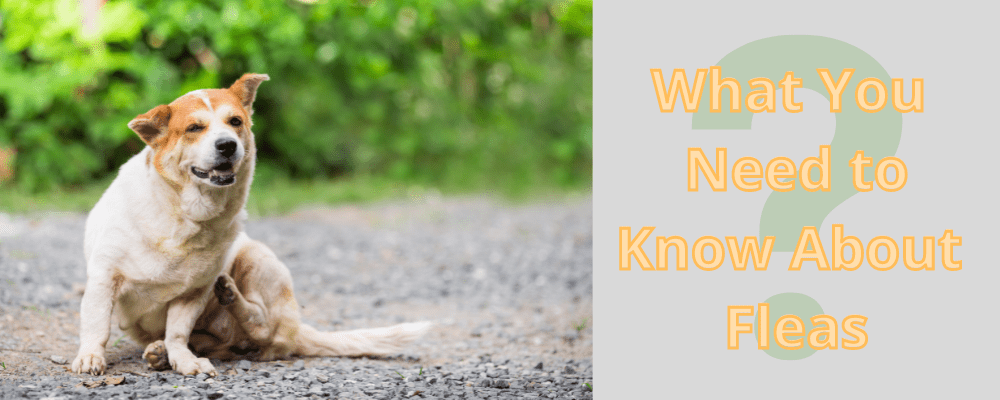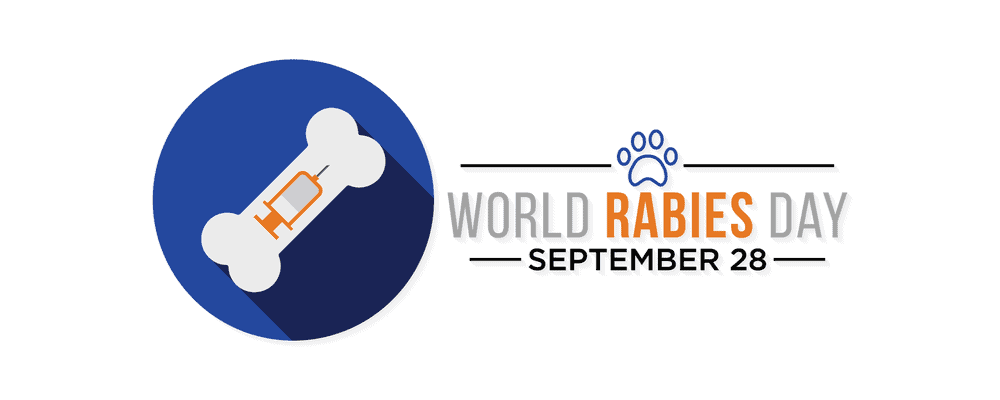Here is a great video that talks about Fleas! Tap Here.
Fleas are the most common external parasite found on dogs and cats worldwide. Flea allergy dermatitis (known as FAD) is the most common dermatologic disease in domestic dogs in the United States.
It can be a very frustrating condition for you and a very uncomfortable condition for your pet. However, it is preventable and treatable.
Here’s what you need to know about flea allergies in dogs—from how they start to treatment and prevention.
What Is Flea Allergy Dermatitis?
Fleas take their first blood meal on the host (your dog or cat) within minutes of contact. When a flea feeds, it injects its saliva into your pet’s skin. This saliva contains enzymes, peptides, and amino acids. It also contains histamine-like compounds that trigger a response from the pet’s immune system.
Flea saliva can cause an inflammatory reaction in animals that are sensitive to it. Some pets have an immediate hypersensitivity to it within 15 minutes, while others have a delayed reaction that takes 24-48 hours.
Pets with atopic dermatitis are more likely predisposed to developing flea allergy dermatitis (FAD).
What if I Don’t See Fleas on My Pet?
Just because you don’t see the fleas, it does not mean they aren’t there.
A common misconception is that fleas are only a concern during warmer months. This is not true, especially in Florida. Another misconception is that fleas can’t come inside your house. Fleas can live indoors as eggs, larvae, and pupae, and pets and humans can also bring fleas inside.
Signs of a Flea Allergy in Dogs
You may not see the fleas right away, but you will see the evidence of the allergic reaction. Even one flea bite can cause this allergic reaction.
When dogs feel flea bites, they often chew and bite at their rear by their tail and/or jump up from a resting position. If you see itching in your dog, and it leads to hair loss on the middle of the back to the tail base, you need to think flea allergy dermatitis. The hair loss can spread all over the body, up to the head and neck if left untreated.
When a dog scratches, licks, and chews, it breaks the skin barrier and can cause open sores and scabs. The licking and chewing can also cause ongoing moisture that can lead to yeast and bacterial infections.
Signs of a Flea Allergy in Cats
In cats, flea bites can cause scratching, chewing, crusts, hair loss, and flakiness. Usually, this occurs over the lower back, on the back or inside of the thighs, the tummy, the flanks, and/or the neck. Sometimes the flea bites will get infected.
How Does the Vet Diagnose a Flea Allergy?
It is important to get a true diagnosis when a pet is itching severely. Your vet will first look for any evidence of fleas or flea dirt (which is the flea excrement), sometimes using a fine-tooth comb. It is common that a pet parent may not see the fleas at home on the pet, but veterinary staff are trained flea detectives who work hard to find them.
If the pet is allergic to fleas, it only takes one flea bite do drive them crazy, and he may chew the flea off before you see it. If the pattern of hair loss and dermatitis is typical, treatment for FAD might be tried even if fleas are not seen. Other options would be to conduct allergy testing or a hypoallergenic diet trial to rule out food allergies.
Diagnosing the Secondary Skin Infections
There is often a secondary infection that develops on a pet’s skin with FAD. Your vet can use cytology to diagnose any secondary skin infections. Using a piece of tape to collect a surface sample from a skin lesion helps determine the type of microbial population as well as the inflammatory component present. The tape is stained and examined under a high-power microscope to see what kind of cells and organisms are on the skin surface. This test is quick and inexpensive. This helps guide the doctor to prescribe the most appropriate and effective treatment for the patient.
How Do You Treat Flea Allergy Dermatitis?
The number one priority in FAD treatment is to kill fleas! This means killing them not only on your dog but on all pets in the household and killing fleas in the environment. Oral flea medications are going to provide the quickest demise of the fleas on the pet.
Once the fleas are dead, it is a good idea to bathe the pet to get off all of the dead bugs and their excrement. You can get a medicated shampoo prescribed by your vet to soothe the skin.
It is very important to treat ALL of the pets in the house. One animal may be more sensitive and showing more signs of flea bites, but they are all affected. And if fleas are allowed to feed and reproduce on an untreated pet, you will never get the infestation under control.
Skin Treatment
After the fleas are eradicated, you still need to treat the skin irritation caused by allergic dermatitis. Most pets will need steroids, at least in the short term, to relieve the intense itch associated with FAD. For long-term itch control, you can talk to your veterinarian about other allergy meds such as Apoquel or Cytopoint.
How to Prevent Flea Allergies
Use monthly flea and tick Preventatives to stop fleas from infesting your home. There are many flea prevention products on the market. Work with your veterinarian to pick the one that is best for your pet.
If you keep the fleas from getting established in your pet’s environment, you will spare them the pain and suffering associated with FAD. It can take months to rid your house of an infestation once it starts, and It can be expensive. It is much better to prevent the problem and keep your pet flea-free!







